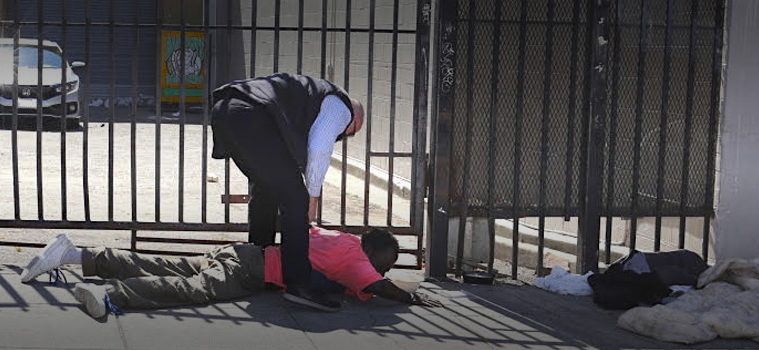SHAMEFUL CYCLE OF DESPAIR –
August 7, 2021 – “The public just doesn’t know. They’re mad about all the encampments and people on the streets because they don’t understand what it takes to deal with this other than to clear them out,” said Margot Dashiell, In California, a quarter of the 161,000 people experiencing homelessness also have a severe mental illness. An estimated 37,000 people pinball between nonprofits and public agencies, cycling through ERs, jails and the streets, with no one monitoring their overall care in a fractured system that nobody entirely knows how to fix.
There aren’t enough places for people like Suzette’s brother, Serge Chaumette, who likely require long-term clinical care, says Paul C. Webster, director of Hope Street Coalition. People with brain disorders need a range of living situations where they can “step down” from oversight as they improve. But government reimbursement for that kind of care is low to nonexistent, he says. Medicaid, for example, will not pay for treatment in “institutions for mental disease” that have more than 16 beds.
Meanwhile, families suffer quietly.



